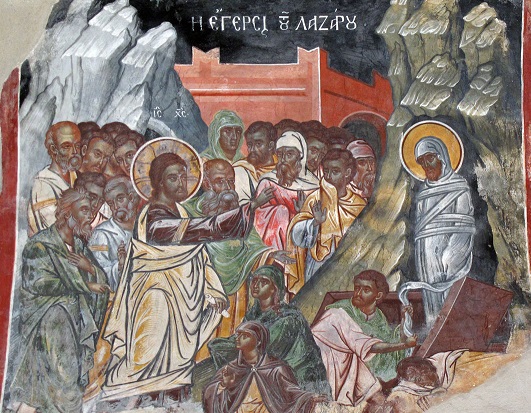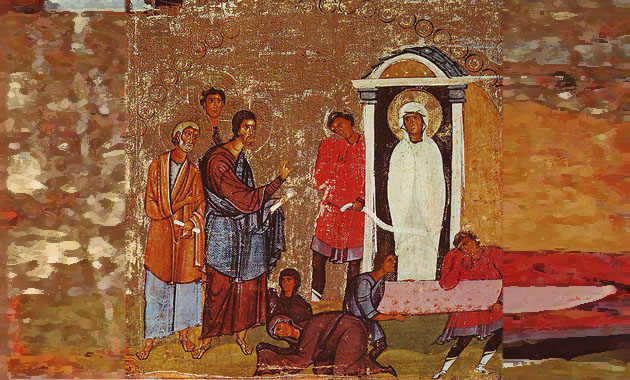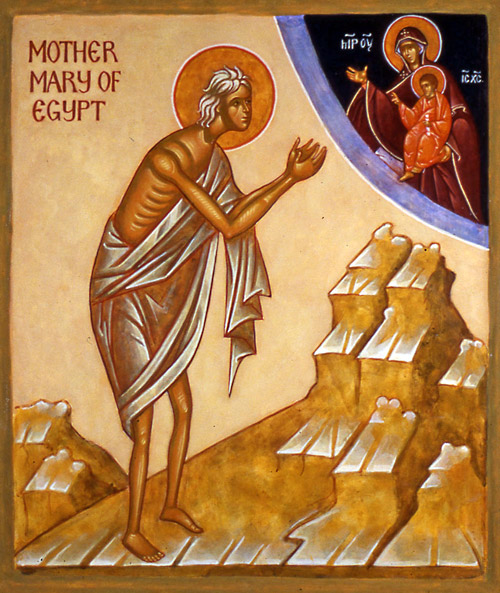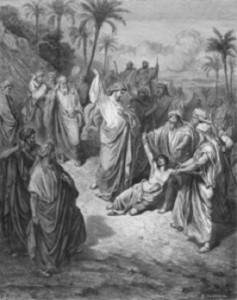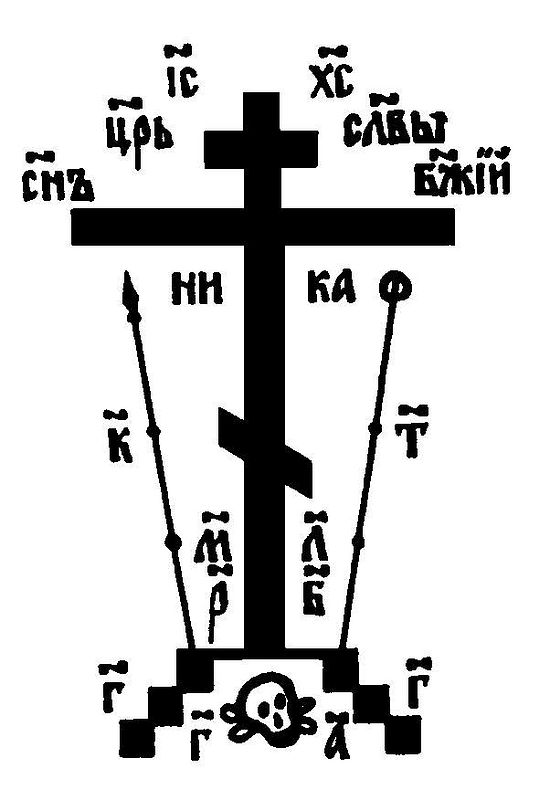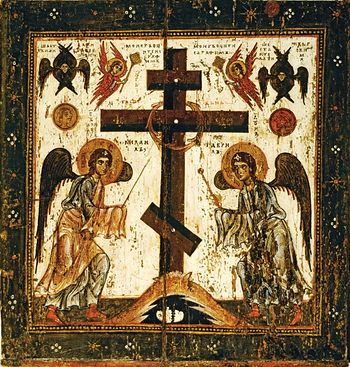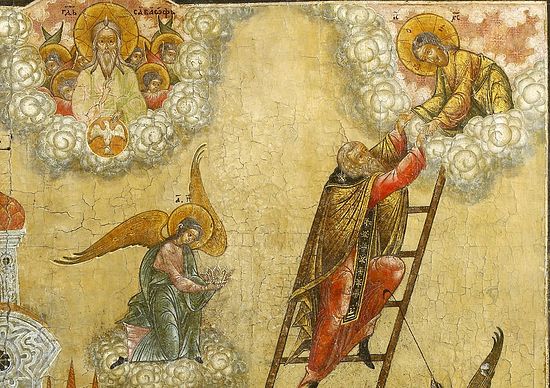Православна Русија CCXVIII Tagged: Православна Русија  31:38 минута (4.53 МБ) Тихим али убједљивим гласом старац Софроније (Сахаров) нас поучава како да не изгубимо прави циљ поста. Чућете и његово кратко житије, а затим како су изгледали његови потоњи дани на земљи. Преузмите аудио датотеку 2
Sunday 24 April 2016
Friday 22 April 2016
Knocking at the Door of our own Hearts
What is the Jesus Prayer and how old is it? Who is the Jesus Prayer for? Where can the Jesus Prayer be found in Scriptures, and how does it differ from the mantras of eastern traditions? How ought we to practice the Jesus Prayer, and what do we find when we do?
The present article is the fifth lecture in the series: “Prayer of the Heart in an age of technology and distraction” delivered by Fr. Maximos (Constas) in Feb. 2014 to the clergy of diocese of LA and the West of Antiochian of N. America at the invitation of His Eminence Metropolitan Joseph. The audio version of this lecture first appeared onPatristic Nectar Publications, and is published here by permission.
Thursday 21 April 2016
Lazarus Saturday
Strictly speaking, Lent ends on the Friday which follows the fifth Sunday of Lent: the period of forty days is then over. The time of the Passion lasts from the end of Lent until the Resurrection, anticipated on Holy Saturday. It therefore comprises the Saturday which follows the fifth Sunday of Lent, called ‘Lazarus Saturday’, and the first six days of Holy Week.
Traditions: remembering St. Lazarus
I can remember jumping off the front porch steps in excitement as I hurried into the car to get to the church as quickly as possible to find out which group I was in. Every year the Jr. Choir of Archangel Michael Church in Campbell, Ohio would split into groups and go to all the Orthodox homes in town to sing the kalanta or carols. We did this three times a year, Christmas, St. Basil’s and Lazarus Saturday. I can remember the smiles on the faces of the people we sang for and the lingering aroma of the freshly baked cookies many of the yiayias baked and stuffed into our pockets. We’d collect money for the church in our neatly decorated coffee cans. Afterwards, we all headed to the church hall where we handed in our earnings and were spoiled with a delicious pancake breakfast. When we were finished we headed to my grandmother’s house where we would bake Lazarakia, little loaves of bread that look like St. Lazarus. We would all sing the kalanta as we folded arms across his chest, cut two legs and put cloves in for eyes. My great-grandmother would always read the story of Lazarus from the Bible, being sure to point out at the end that he went on to become the first bishop of Cyprus.
Monday 18 April 2016
REMEMBER SINS AND DESPAIR NOT: A HOMILY ON THE SUNDAY OF ST. MARY OF EGYPT
This Sunday we commemorate the great female ascetic St. Mary of Egypt. There are so many things we can learn from St. Mary. The Church gives her to us during this time of fasting as the supreme example of a life of asceticism. Last Sunday was the Sunday of St. John Climacus whose book The Ladder of Divine Ascent is the supreme ascetical text, and this week we have St. Mary of Egypt who shows us the supreme ascetical life. We even read her entire life during the Great Canon of St. Andrew this past Thursday, so you know that she is incredibly important. There are so many things we can learn from her—but the thing I want to focus on is the remembrance of sins.
Saturday 16 April 2016
The power of prayer and fasting (Mk. 9, 17-31)
Dean of the Theological School Aristotle University of Thessaloniki Miltiadis Konstantinou
The Gospel for the fourth Sunday in Lent, Mark 9, 17-31), presents Jesus as coming face to face with an ancient problem which affects the whole of humanity: the ability of people to overcome evil. For as long as there have been people on earth, evil in its thousand and one forms- poverty, hunger, wars, refugee crises, sicknesses and death- has held sway over their lives, suffocated their hopes and, often enough, driven them to despair. Philosophers, economists, politicians, scientists, religious leaders and even soothsayers have, for centuries, struggled against it on a daily basis. Sometimes more successfully, at other times less so, the human race has managed to make some progress towards the improvement of the quality of life, but, like the Hydra in ancient mythology, evil itself has remained invincible.
We Are At War
Source: Out of Egypt ...
The Reading from the Holy Gospel according to St. Mark 8:34-9:1
Today we are officially at the half-way point of Great and Holy Lent. For some of us this is a warning that half of the race is already over. If we have not started to make an effort yet, now is the time to do so! Now is the time to reach out and try to wrestle for the blessings that God has to offer.
However, on this day, at the mid-way point of Lent, the Church assumes that we are already struggling to keep the fast, the increase in prayer and almsgiving, to increase our spiritual struggle. And for this reason the Church brings out her most treasured possession.
SERMON FOR THE SUNDAY OF THE CROSS
Today all over the world, Orthodox Christians in every nation gather in their churches to celebrate the Precious Cross of Our Saviour Jesus Christ. In every Orthodox Church the Cross is lovingly decorated with flowers and greenery and then solemnly carried through the church with incense and candles as the faithful sing hymns about the Glorious Cross. The pious devoutly bow down before the Precious Cross and venerate it.
The Angels accompany the Holy Cross as it is carried through our churches and the demons turn their faces away in terror and revulsion. This Cross that we honor defeated them, this Cross that we venerate has put them to shame.
Sunday of St. John of the Ladder
In the Name of the Father, the Son and the Holy Spirit.
Lent is a time of repentance, a time when our heart of stone must be made by the power of God into a heart of flesh, from insensitive to perceptive, from cold and hard to warm and open to others—and indeed, to God Himself.
TWO KINDS OF ASCETICISM
The “Standing of St. Mary of Egypt”
Priest Maxim Prikhodko
Our Lenten journey has several important markers, several special liturgical days. One of these remarkable landmarks is the “standing of St. Mary”—the day [in the fifth week of Great Lent] when at the evening service the entire Canon of repentance of St. Andrew of Crete is read, and along with it, the faithful listen to the amazing life of a woman acetic who lived in the late fifth-early sixth century—St. Mary of Egypt.
Subscribe to:
Posts (Atom)


